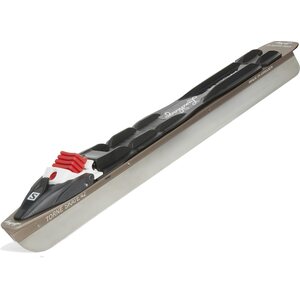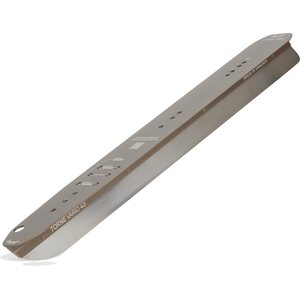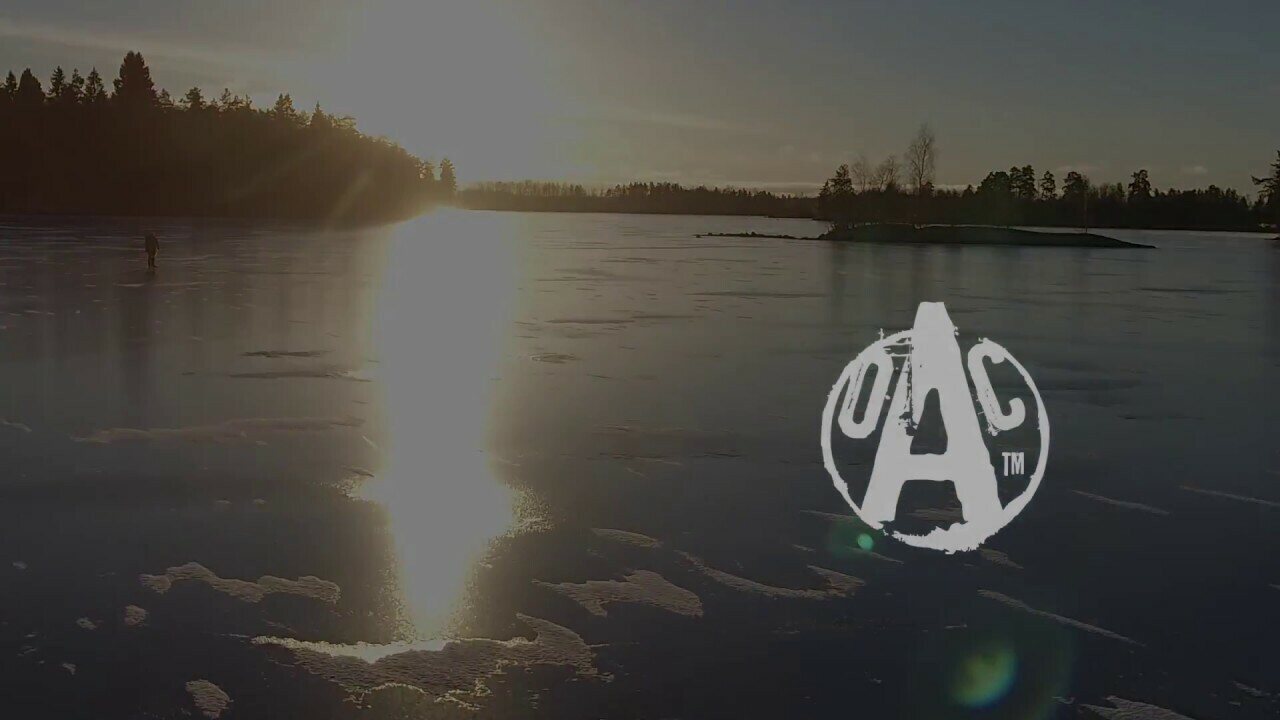
Tour skating is recreational ice skating on natural ice, allowing you to go long distances and enjoy the nature in a whole new way.
It involves using tour skates, which have longer blades than normal ice skates, and following safety instructions for skating on natural ice. An elementary tour skating course gives you a broad introduction to this sport.
Tour skates are available with different bindings. There are two main types of tour skates: skates with fixed heels, and skates with heels that can move freely. Skating with the latter is a little bit more difficult. On the one hand, you can skate faster with them, but on the other, skating is more difficult if the ice is uneven or the conditions are otherwise bad. Bindings used with free heel skates are ski bindings, those of skate skiing or back country skiing. With fixed heel skates, you use “universal” bindings and stiff hiking boots. Tour skating happens usually on a frozen lake or sea, often in big groups for safety reasons.
Characteristics of a good tour skate
• The blade has been attached to the platform by stamping or glueing, Skating with skates made like this is easy also when there is snow on ice.
• The blade needs to be of high quality, since only high-quality blade material stays sharp and can be sharpened.
• The manufacturer has profiled the blade. This can be tested by placing the blades against each other - there should be a slit of a few millimetres in the front and the back part of the blade.
• Skates with no profile are "directionally too stable" and unpleasant to use.
• Bindings keep the boot at its place, and they can be adjusted horizontally.
Choosing right blade length:
• It's better that blades are too long than too short.
• The shorter the blades are, the more agile it is to skate with them.
• The longer the blades are, the easier it is to skate on uneven ice.




SAFETY ABOVE ALL.
No activity is so fun that you should take unnecessary risks. It is nice to be on ice, and there are a few things you could use to improve your chances of surviving if you happened to fall through the ice.
1) Ice claws. An absolute must on ice. If there is even a little bit water under the ice, take ice claws with you. The only places where you don’t necessarily need ice claws are artificial skating rinks.
Ice claws with a good neck strap are recommended. It is good to also have an ice pike (poles) to test ice thickness. The poles are usually made of aluminium. Ski and telescopic poles are not used because they cannot be used to test ice thickness. Besides ice claws and a pike, a throwing line and another set of dry clothes are important. For safety reasons, don't keep anything in your pockets or use the wrist straps of your poles (they might complicate getting out of water if you fall through the ice).




2) Drysuit / dry undersuit. The most dangerous things on ice are the coldness and the risk of getting wet. Clothes that are otherwise warm may become an insuperable burden if they get wet. A brilliant solution: Ursuit’s dry undersuit. MPS is a light suit you wear between your midlayer and waterproof/quilted outer layer.
The MPS dry undersuit is so light that you can take brisk exercise in it. Even though it might make you sweat a bit more than usual sports clothes, it is good to remember that it might save your life if you fall through ice, which is really the most important thing.
Opas pelastuspuvun valintaan ja hoitoon
Don’t forget to be responsible on ice: skate only if the ice is thick enough and make sure that you have all the necessary safety equipment with you. It is also recommendable to take a tour skating course. You can find the elementary course calendar of Finnish Tour Skating Association here (in Finnish):
Elementary Course Calendar
Finnish Tour Skating Association is a member association of Suomen Latu, the outdoor association of Finland. They focus on promoting tour skating and organise excursions almost every weekend through the whole skating season. You can find information on tour skating technique, safety, and equipment on their website (in Finnish).
Always take another set of dry clothes with you when you go tour skating. You’ll find some good backpacks for this purpose below. First, pack the clothes into a waterproof bag and then into your backpack. Besides a dry place for your clothes, it will serve also as a float if needed.
Necessary equipment on trips of Finnish Tour Skating Association





